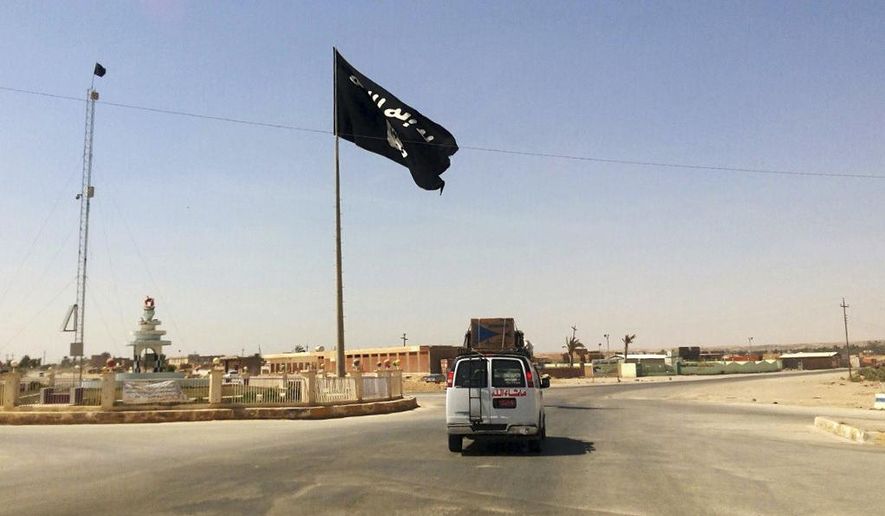The leader of the Islamic State terrorist group was killed last month on the battlefield only about 10 months after the death of his predecessor, following a U.S. military raid in northwest Syria, officials said.
The Kurdish-led Free Syrian Army, a loose coalition of former military personnel aimed at bringing down the government of Syrian President Bashar Assad, carried out the operation in mid-October that resulted in Abu al-Hassan al-Hashimi al-Qurayshi’s death in Dar’a province, according to U.S. Central Command.
The Free Syrian Army has been a key ally of the U.S. and allied forces rolling back the Islamic State threat.
“ISIS remains a threat to the region. [Central Command] and our partners remain focused on the enduring defeat of ISIS,” according to the U.S. military statement.
ISIS refers to the Islamic State of Iraq and Syria. The terror group is sometimes called ISIL for the Islamic State of Iraq and the Levant. Officials at Central Command based at MacDill Air Force Base in Florida said the terror leader’s death is “another blow to ISIS.”
ISIS spokesman Abu Omar al-Muhajir said the Islamic State commander was killed “in combat with enemies of God” but did not detail the circumstances of his death, according to the Agence France-Presse news agency.
Abu al-Hassan al-Hashimi al-Qurayshi was the third Islamic State leader to die in combat since the group’s founder, Abu Bakr al-Baghdadi, was killed in Idlib, northern Syria by U.S. troops in October 2019. The terror group identified the new ISIS leader at Abu al-Hussein al-Husseini al-Qurashi.
“Quarashi” refers to the Arab clan of Muhammad, from whom Islamic State leaders must claim descent, according to AFP.
“He died fighting the enemies of God, killing some of them before being killed like a man on the battlefield,” the Islamic State spokesman said.
At the height of its power at the end of 2015, ISIS controlled an area that stretched from western Iraq to eastern Syria and ruled over an estimated 8 million people. The group was estimated to have between 40,000-60,000 supporters, with many being foreigners. A U.S.-led counter-ISIS coalition has slowly whittled down their self-described caliphate over the year, leaving them only a handful of scattered territories.
But ISIS continues to be a threat in Syria and increasingly in Afghanistan, where its local affiliate is known as the Islamic State of Khorasan Province (ISKP). The U.N.’s lead Syria envoy told the Security Council this week that renewed fighting there is threatening what he said was three years of “relative calm” in Syria.
“The trend lines are deeply worrying and carry real dangers of further escalation,” Geir Pedersen told the Security Council on Tuesday. “We are at something of a fork in the road.”
In Afghanistan, the ISKP has repeatedly attacked religious minorities at their mosques and schools. The Taliban authorities now in control of Afghanistan have done little to protect their communities from bombings or other attacks or provide medical care and other assistance afterward, according to Human Rights Watch.
On Wednesday, a bomb blast hit a religious school in northern Afghanistan killing at least 10 students, The Associated Press reported, citing a Taliban government official. There was no immediate claim of responsibility but ISKP has conducted many similar operations.
Earlier this month, IS militants attacked an Iraqi army position in the northwestern governorate of Kirkuk killing four soldiers.
• This article was based in part on wire service reports.
• Mike Glenn can be reached at mglenn@washingtontimes.com.




Please read our comment policy before commenting.